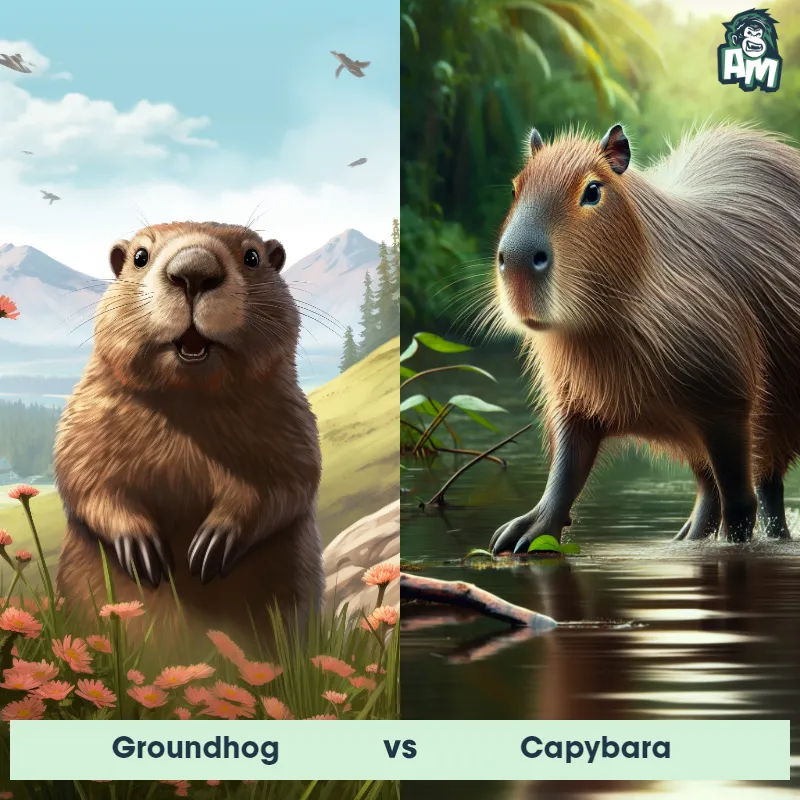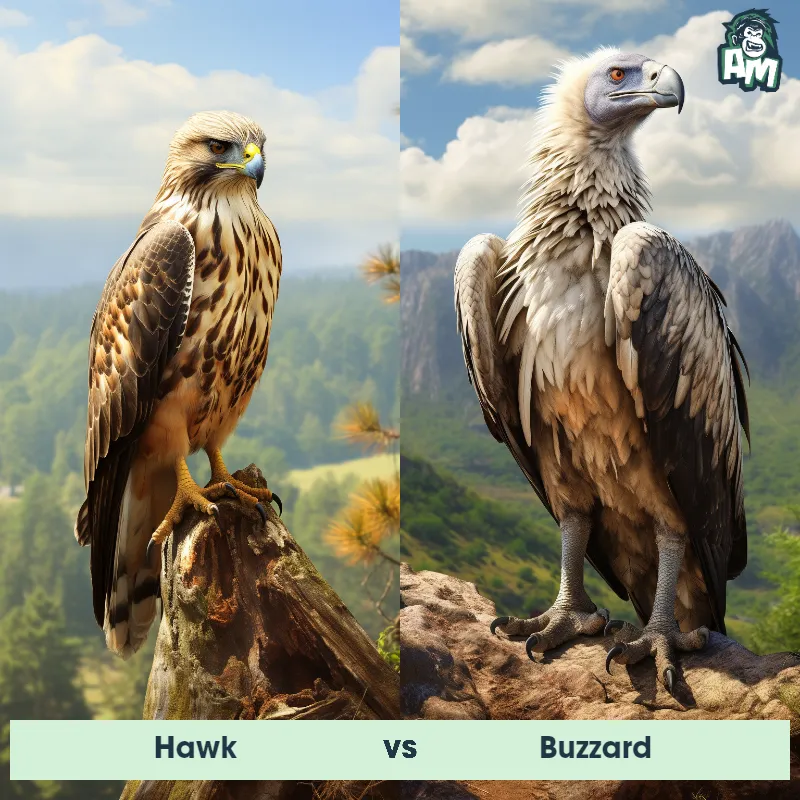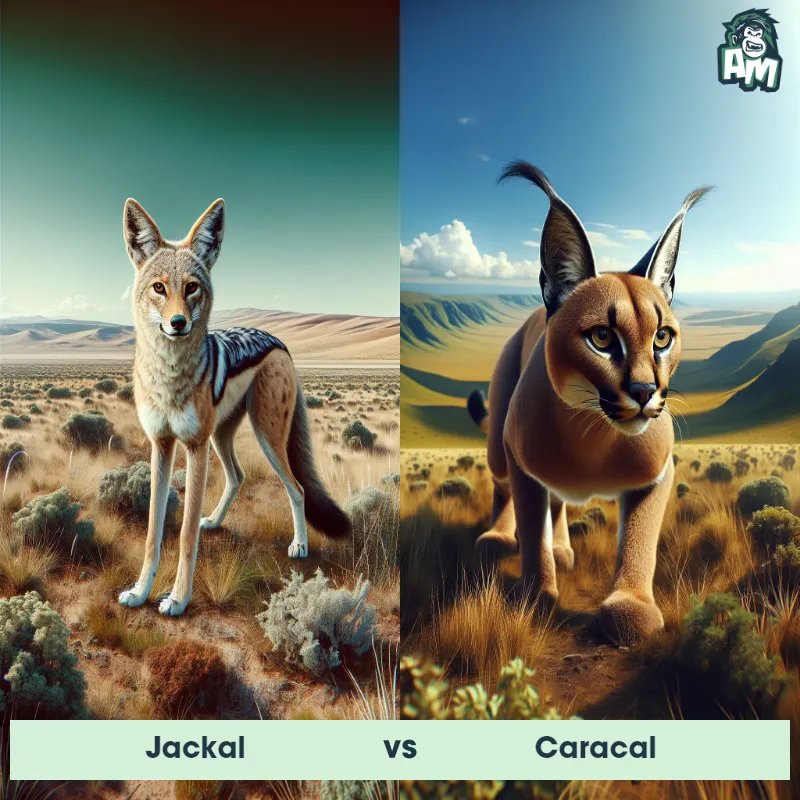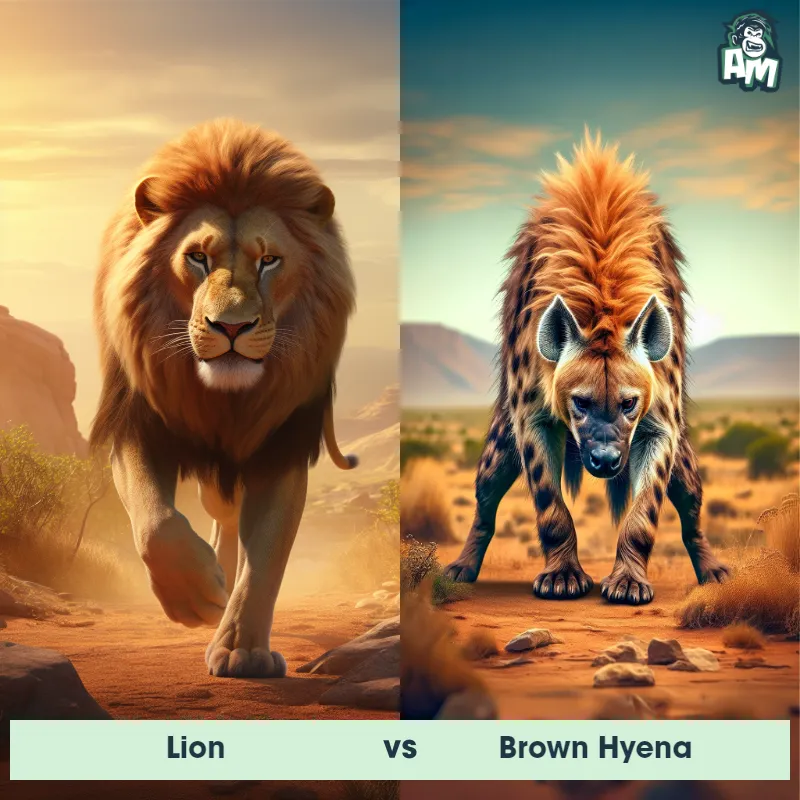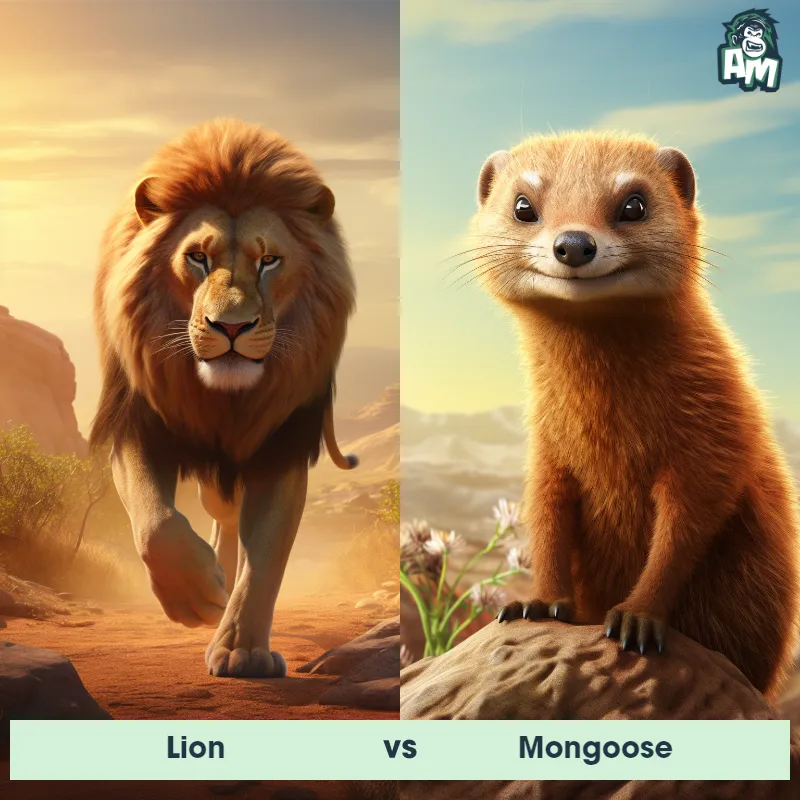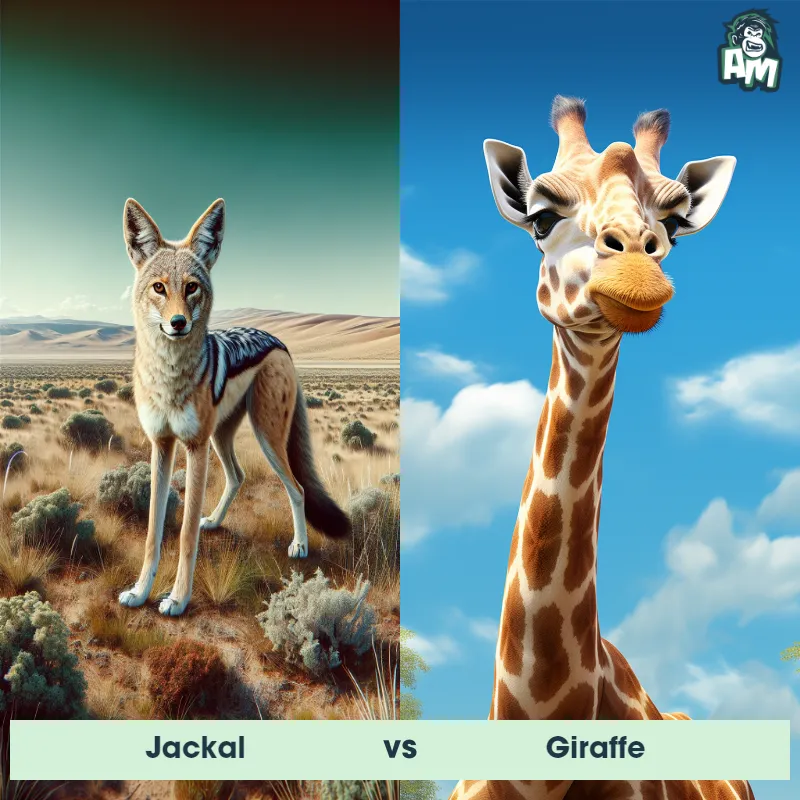Lion vs CamelSee Who Wins

Ladies and gentlemen, welcome to this epic showdown between two incredible creatures! We have a thrilling match-up in store for you today. On one side, we have the mighty Lion, known for its power and ferocity. And on the other side, we have the resilient Camel, renowned for its endurance and resourcefulness. It's nature's battle at its finest, so hold on to your seats!
Contender 1: Lion
The lion, often referred to as the 'king of the jungle,' is a large, powerfully built cat known for its tawny coat and, in males, a magnificent mane. They are native to Africa and a small region in western India. Adult male lions can weigh up to 420 pounds, while females, who are primarily responsible for hunting, are slightly smaller. Lions are social animals and live in groups called prides, which are usually composed of related females, their cubs, and a small number of adult males.
![[object Object] Gif](https://tenor.com/view/lion-yawning-yawn-tired-exhausted-gif-12230852.gif)
Fun Fact: Lions are the most socially inclined of all wild felids, most of which remain quite solitary in nature.
Contender 2: Camel
Camels are large, hardy mammals known for their distinctive humped backs, which store fat reserves to sustain the animal in harsh desert environments where food and water are scarce. There are two primary species: the dromedary camel, which has a single hump, and the Bactrian camel, which has two. Camels are well adapted to survive in extreme temperatures, with long legs, leathery pads on their feet to prevent sinking in the sand, and thick eyelashes and ear hairs to keep out sand and dust.
Fun Fact: Contrary to popular belief, camels do not store water in their humps - they are actually filled with fatty tissue that the camel can metabolize for energy when food is scarce.
Matchup Stats
| Lion | Camel | |
|---|---|---|
| Size | 4.5 to 6.5 feet long (body length), 3.5 to 4 feet tall at the shoulder (1.4 to 2 meters long, 1 to 1.2 meters tall) | 6 feet at shoulder height (1.8 meters) |
| Weight | Up to 420 pounds (190 kilograms) | 1000-1500 pounds (450-680 kilograms) |
| Speed | 50mph (80km/h) | 40mph (64km/h) |
| Key Strength | Powerful build, strong jaws, sharp claws | Strong legs and heavy body weight |
| Biggest Weakness | Less agile compared to other big cats, dependent on strength and power | Limited agility due to size and body structure |
Current Votes
Lion vs Camel
See Who Wins
View More Matches
Looking For More?
Similar Matches
Scientific Stats
| Lion | Camel | |
|---|---|---|
| Scientific Name | Panthera leo | Camelus |
| Family | Felidae | Camelidae |
| Habitat | Grasslands, savannas, dense bush, and woodlands | Deserts, arid regions |
| Geography | Africa and a small region in western India | Middle East, North Africa, Central Asia |
| Diet | Carnivorous, primarily large ungulates | Herbivore, eats thorny plants, dry grasses, and saltbush |
| Lifespan | 10 years - 14 years | 40 years - 50 years |
Key Differences between Lion and Camel
- Size: The Lion is a significantly larger animal, with adult males weighing between 330-550 pounds, while a fully grown Camel weighs around 900-1,600 pounds.
- Facial Characteristics: Lions have a distinctive, regal-looking face with pronounced features such as a broad nose, strong jaws, and prominent eyes. In contrast, Camels have a characteristic elongated face with a blunt muzzle, drooping lips, and upward-curving nostrils.
- Mane: Male Lions boast a prominent and dense mane around their head and shoulders, while Camels do not possess a mane.
- Color: Lions display a range of tawny colors, from light beige to reddish-brown, along with shades of yellow, while Camels possess a light brown to dark brown coat that helps them blend in with their desert environments.
- Body Shape: Lions have a muscular and streamlined body built for hunting, with a deep chest and powerful limbs. Camels, on the other hand, have an elongated lumbering body, a hump on their back, and long legs adapted for walking long distances in arid landscapes.
- Tail: Lion tails have a distinctive tuft of fur at the end, usually darker than the rest of their body, while Camels have a long, slender tuftless tail.





